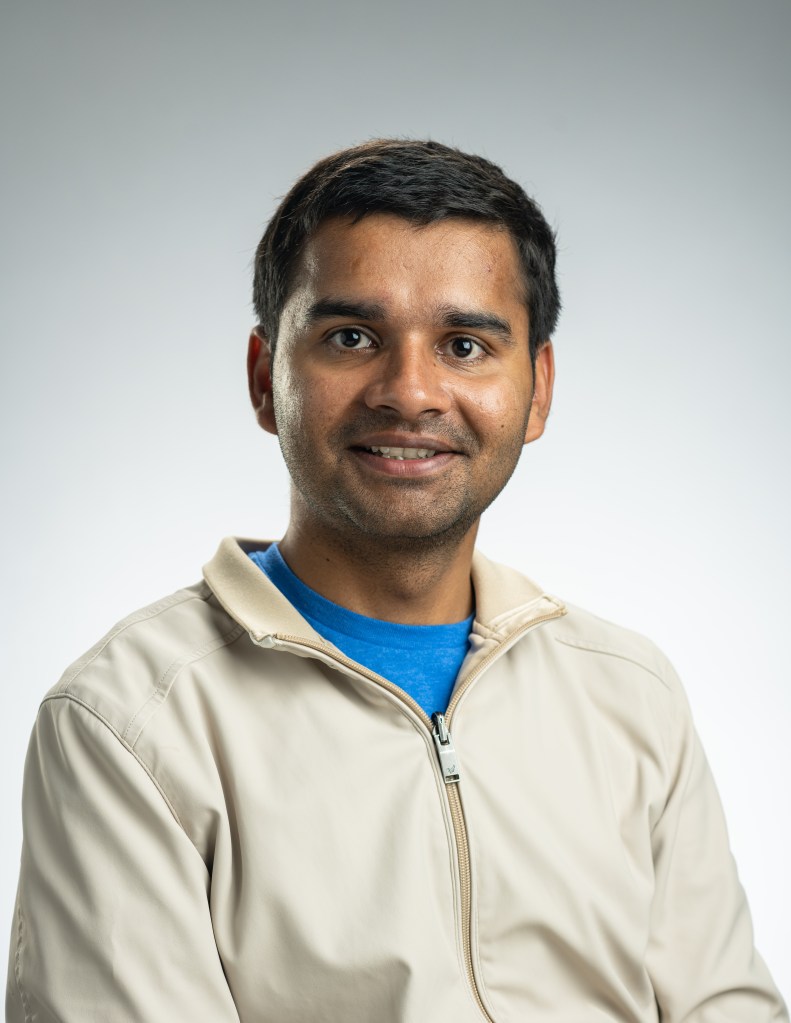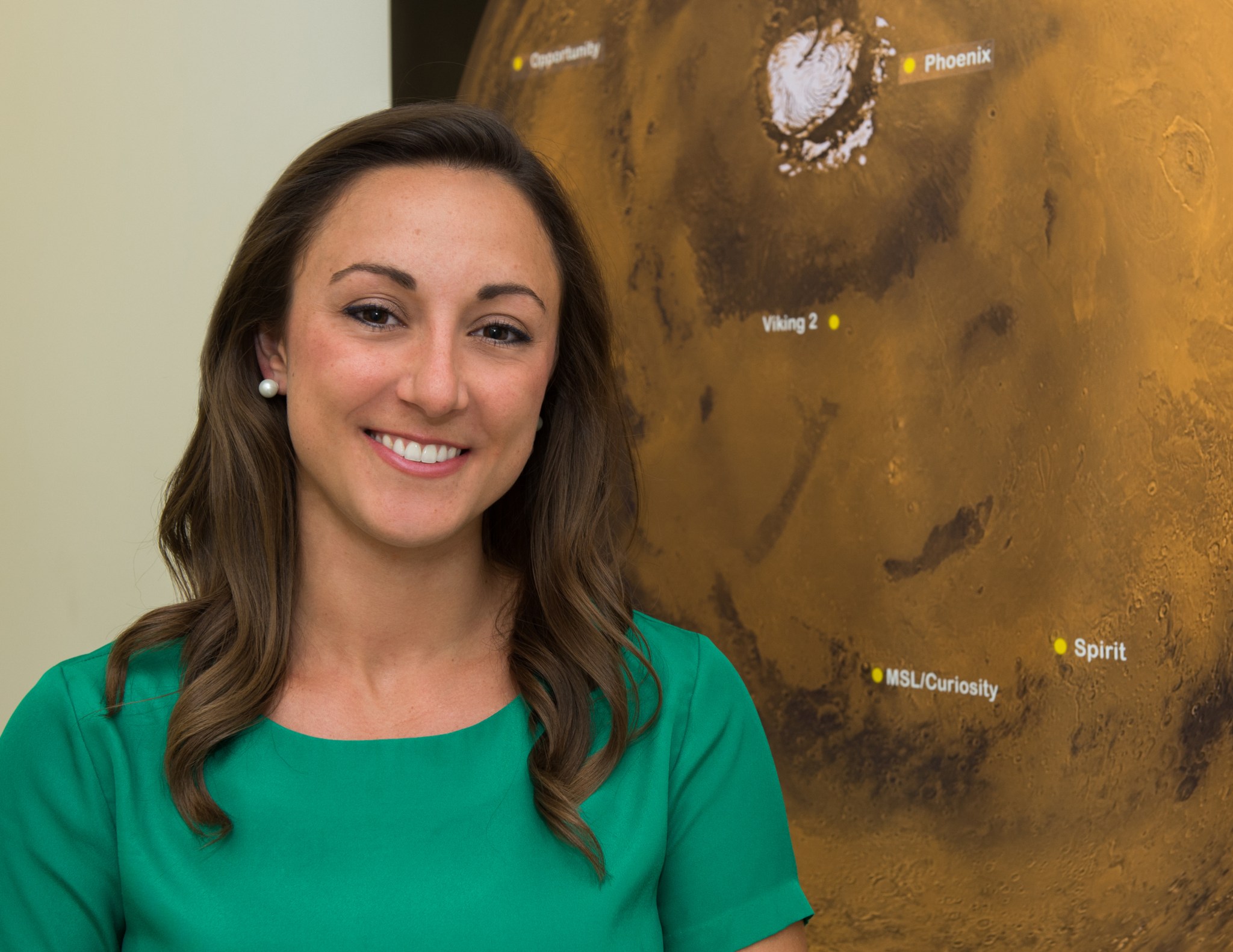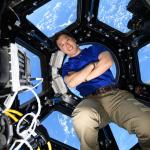Name: Gina A. DiBraccio
Title: Research Scientist
Organization: Code 695, Planetary Magnetospheres Lab, Sciences and Exploration Directorate
What do you do at Goddard?
I am a magnetometer team member in the Planetary Magnetospheres Lab. My group builds Magnetometers to measure magnetic fields in space. As a research scientist, my primary job function is to analyze these data in order to understand space plasma dynamics at different planetary environments. Currently with NASA’s MAVEN mission at Mars, I am analyzing magnetic field and plasma data so that we may learn why Mars is losing its atmosphere to space. I have investigated the sun’s interaction with Mercury’s magnetic field using data from the MESSENGER mission. I am also preparing to work with data collected by the Juno spacecraft at Jupiter.
What’s your favorite part about working here?
My favorite part about working at Goddard is that I get to see data as soon as it arrives from space. I have the chance to make new discoveries every day and this never loses its excitement! NASA offers many different opportunities and I always try to take advantage of them. Whether it’s meeting an astronaut or enrolling in a career-building workshop, I’ve had many great experiences. Finally, being surrounded by the world’s leading scientists is another great benefit to working at NASA. This environment facilitates collaborations that result in great science.
How did you get into your field?
As a young kid, I decided that I wanted to become an astronaut one day. My parents helped me to follow this passion by bringing me to the local planetarium, taking a special trip to the Smithsonian Air and Space Museum, and buying me a telescope. When it was time for college, I decided to major in physics and astronomy. A few years later, I was selected for an internship at NASA’s Glenn Research Center in Cleveland, where I had my first research experience. This position led me to the NASA co-op program, where I stayed at Glenn to work radioisotope energy sources for deep space missions before transferring to Goddard. During this time at Goddard I began to hone in on my interest in space plasma physics and found my niche in the field by analyzing in situ magnetic field data at Mercury. Concurrent to this time at Goddard, I began my graduate program at the University of Michigan, where I received a Ph.D. in atmospheric and space sciences. I found that, through trial and error with various research topics, data analysis and involvement in planetary missions is where my interests truly lie.
Tell me a bit about your day-to-day job
The great thing about my job is that there is no such thing as a typical day, which keeps it very exciting. My main role is to analyze data and communicate my science results, whether in oral presentations or written journal articles. However, I’m involved in a variety of activities. These include public outreach and community service by visiting classrooms or volunteering for events hosted by NASA. I also spend my time on professional services, such as reviewing journal articles, serving on NASA panels, and advising interns. As part of my involvement with MAVEN, I participate in various teleconferences each week to collaborate with people at different institutions.
Why did you come to work at Goddard and what makes you stay?
Goddard is a great fit for my personal research interests. The center is involved in a variety of projects and the opportunities are endless. I love that I can walk down the hall and encounter geologists, engineers, astronomers and more. This type of diversity means that there will always be new opportunities to learn and expand my experience. This environment lends itself to great collaborations and scientific discoveries. I also love that Goddard offers the chance to work with high school and college students so that I can influence these younger scientists. Finally, I think that I’ve enjoyed my time at Goddard because I’m part of a very supportive group. This is crucial in any work setting.
What’s the coolest thing you’ve done while at Goddard?
I’m not sure that I can choose just one!
In January, I had the once-in-a-lifetime chance to attend a meeting in Rovaniemi, Finland – the Arctic Circle! Not only was I collaborating with scientists from all over the world, but we also made time for unique excursions. January is prime time for aurora viewing in Finland. For this reason, we took a reindeer sleigh ride in minus 40-degree weather to watch the aurora light up the night sky. This is something I will never forget.
More recently, in July, I was selected to attend the 66th Lindau Nobel Laureates Meeting in Lindau, Germany. I spent one week on a tiny island in southern Germany where I interacted with more than 30 Nobel laureates. To say that this was a unique experience would be an understatement.
What do you do outside of work?
For reasons related to both health and stress relief, I am really passionate about nutrition and fitness. In fact, when I’m not analyzing MAVEN data, I spend my time training for long distance races or being a fitness coach.
I also love to travel with my husband! In the last year alone I’ve been fortunate enough to experience Finland, Germany, France, Singapore, Cambodia, Vietnam, Hawaii, Fiji and more. I find it really interesting to visit new cities, meet new people, and try new cuisines.
What advice do you have for people just getting into your field?
Students and younger scientists often ask how I achieved my goal of working at NASA. I mostly attribute this to hard work and determination. Graduate school has its ups and downs – sometimes it’s smooth sailing and at other times you are presented with challenges. These challenges provide an opportunity to grow as a scientist. Additionally, I recommend seeking various research opportunities, such as internships, to experience different types of research. It’s natural to like some more than others but you will not know what you prefer until you give them a try.
By Elaine Hunt
NASA Goddard Space Flight Center, Greenbelt, Md.

Conversations With Goddard is a collection of Q&A profiles highlighting the breadth and depth of NASA’s Goddard Space Flight Center’s talented and diverse workforce. The Conversations have been published twice a month on average since May 2011 and are archived on Goddard’s “Our People” webpage.





























